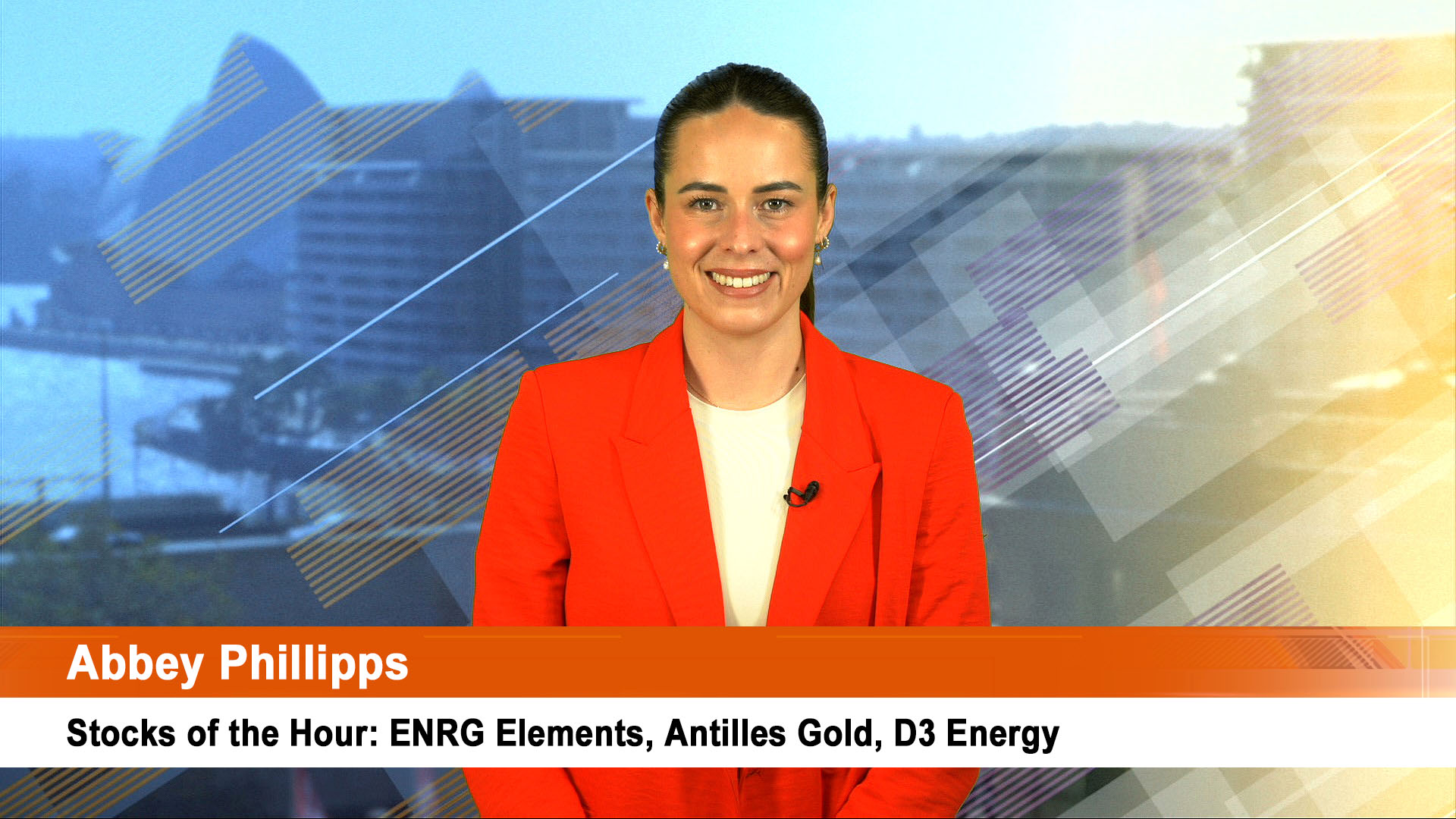More doubts about the health of the Chinese economy yesterday as the two major measures of the country’s huge manufacturing sector showed slides to levels not seen for three to six years.
At the same time the slowdown in China caught up with South Korea big time yesterday as the country revealed the largest drop in exports in a month – 14.7% – in six years, while imports also fell sharply.
That is more gloomy news for Australia as China is our largest export target, and South Korea is third or fourth.
The move saw a sell-off in Chinese markets on the first day of September to go with falls that have dropped the Shanghai market by 27% in July (14.5%) and August (12.5%). The sell off extended across Europe and the US (see market report).
Chinese shares started poorly, falling 2% at the opening, then more as the official China Federation of Logistics and Purchasing purchasing managers’ index showed manufacturing in August among big companies fell to a 3 year low of 49.7.
That saw the Shanghai Composite down 4% and the Shenzhen Composite was off 5.1%. The later release of the final report from Caixin/Markit of their survey of small Chinese manufacturers showed a reading of 47.3, a six year plus low, but up slightly from the flash reading last month of 47.1.
The Caixin/Markit PMI has been under the neutral 50.0 reading for the past six successive months, with the latest deterioration in operating conditions the sharpest since March, 2009 (when the GFC was still intense).
So by the close the markets had recovered a bit, but Shanghai still ended down 1.2% on the day. Tokyo fell 3.8% while the Hong Kong market was down 0.8%. The Australian market took another battering, starting September down 2.2%.
That saw a gloomy commentary with the Caixin/Markit report which read:
"Chinese manufacturers saw the quickest deterioration in operating conditions for over six years in August, according to latest business survey data. Total new orders and new export business both declined at sharper rates than in July, and contributed to the most marked contraction of output since November 2011,” Caixin/Markit said.
"Lower production requirements prompted companies to reduce their purchasing activity at the fastest rate since March 2009, while weaker client demand led to the first rise in stocks of finished goods in six months. Meanwhile, softer demand conditions contributed to marked falls in both input costs and output charges in August.”
There is one or two small positives for China to consider – these slides could reflect two factors – one the impact of the stockmarket slide in August, which shouldn’t have a lasting impact, and the second is the clean up of air around Beijing for the World Athletics titles last week and ahead of the Victory in World War 2 holidays and parades later this week.
From next week, factories, power stations and other industries in and around Beijing will be back to normal work patterns (and pollution will start returning). If these levels are maintained in the September reports in a months time, then it will be clear the Chinese economy has slowed to a new, lower pace of activity, and it is very possible that the monthly data could start suggesting lower output, investment than the month before. Some economists say that started showing up in some of the data for June and July.
Meanwhile South Korea’s 14.7% slide in exports and 18.3% drop in imports saw the country’s trade surplus narrow to $US4.35 billion from $US7.7 billion in July.
Exports to China fell 8.8% from a year ago (China takes 25% of South Korea’s exports) while exports to Europe and Japan fell by more than 20% each.
The impact of lower world oil prices saw the value of oil product exports tumble (as well as the value of petroleum imports), but so did the value of ships, a Korean staple, and cars, another staple export item. But shipments of smartphones and semiconductors rose.













